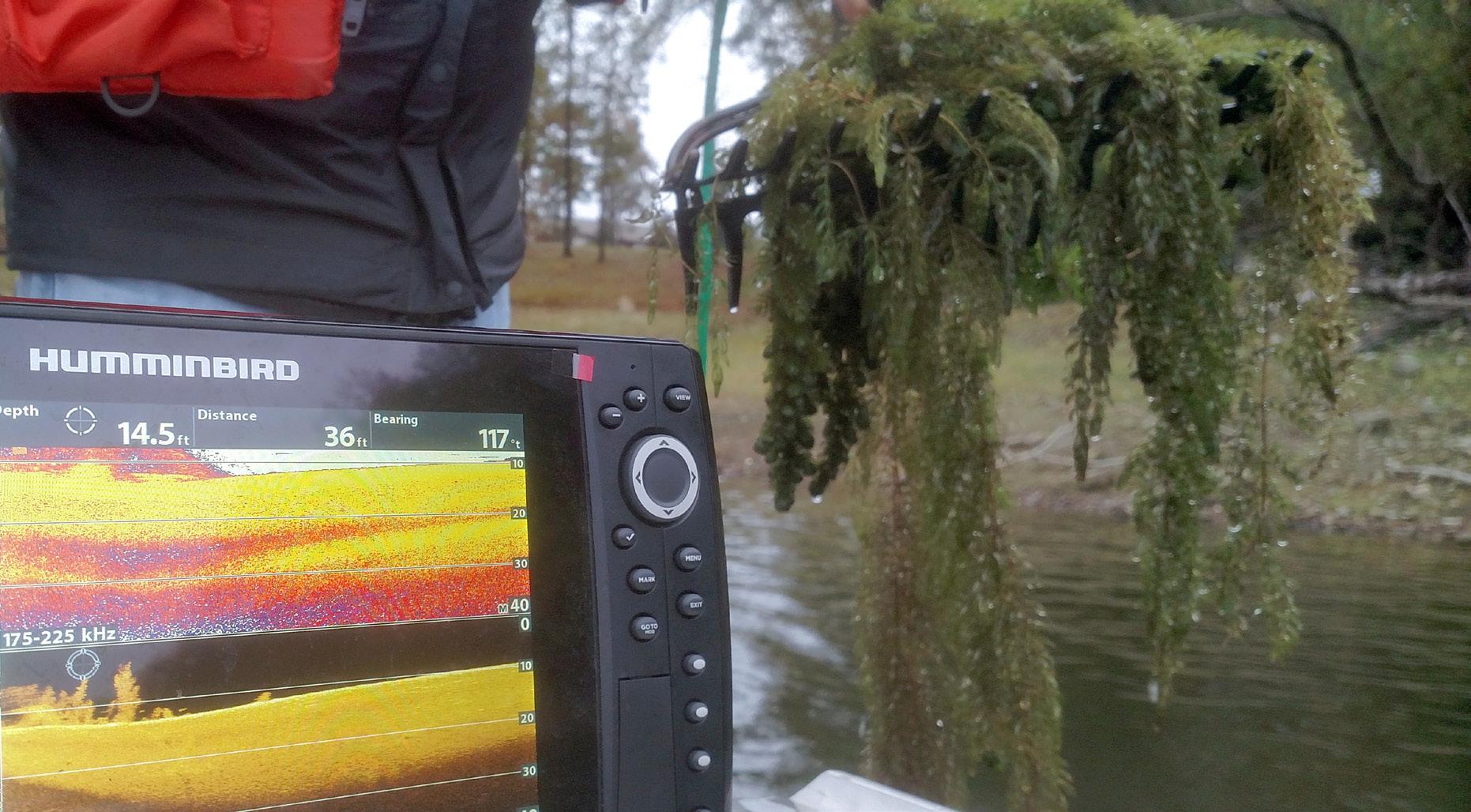UAPB Project Studies Effects of Invasive Asian Bigheaded Carps on Native Fish Populations
Cody Salzmann, UAPB graduate student of aquaculture and fisheries, catches a silver carp during an assessment on the White River.
R
esearchers at the UAPB Department of Aquaculture and Fisheries are studying the effects of invasive Asian bigheaded carps on fish species native to Arkansas. This research is part of a larger project intended to provide science-based information to increase understanding of the overall impact of invasive fish species in the state. “Natural resource agencies nationwide have become concerned about aquatic nuisance species to the point of adopting state-level management plans to complement existing national management plans,” Dr. Michael Eggleton, UAPB professor of aquaculture and fisheries, said. “The Arkansas Aquatic Nuisance Species Management Plan has specific criteria to identify focal or target species, which include Asian bigheaded carps.”
20
Challenging Times Call for Creative Solutions
During the last decade, invasive Asian bigheaded carps (primarily silver carp) have become established in the lower Mississippi River and several tributary rivers. Despite the high abundances of these fish in some river systems and probable ecological consequences, the effects of carps on native fish assemblages (groups of species living together in the same space and time) – specifically their variety and abundances – are largely unknown. Recent UAPB research compared current fish assemblages in the lower White River to historical assemblages using data collected prior to carp invasions. In this case, oxbow lakes in the lower White River were comprehensively assessed by UAPB between 2002 and 2005, which preceded establishment by carps.










